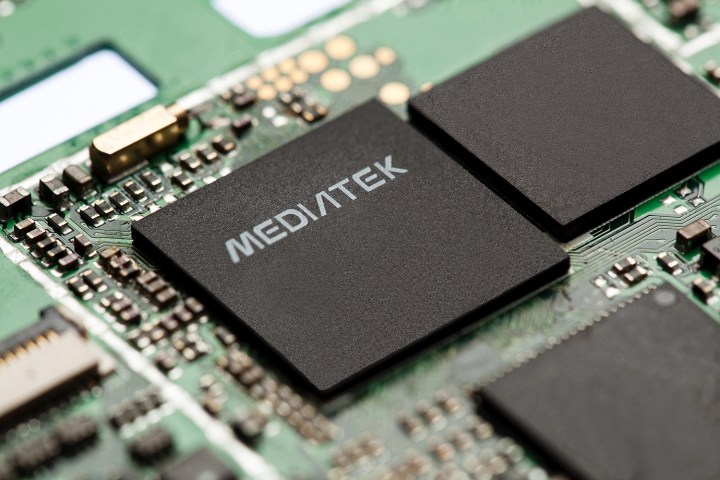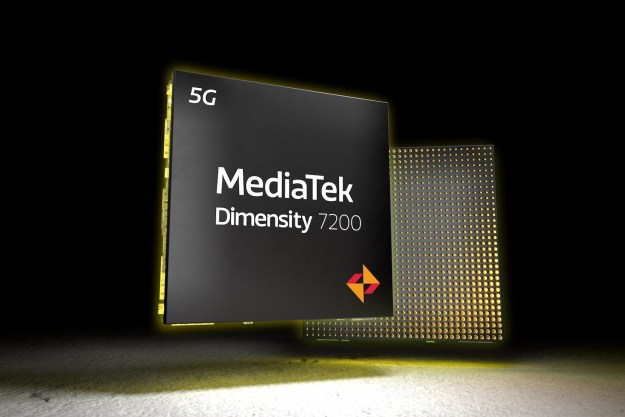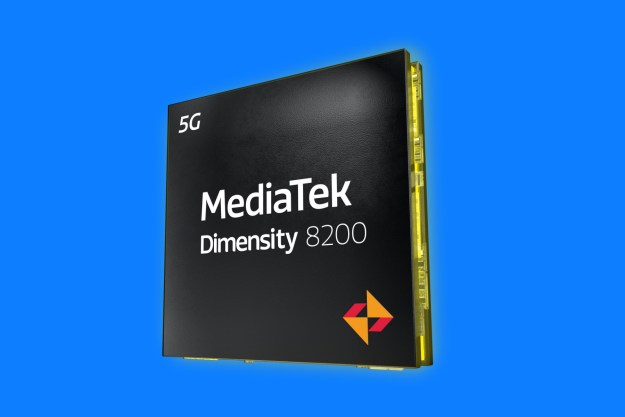
Technology company MediaTek has announced the Helio P70 mobile chip, superseding the Helio P60, which was only announced at the beginning of 2018. The new chip is set to bring some of the more exciting aspects of premium mobile tech to the midrange. Most notably, MediaTek has improved the dual-core Artificial Intelligence Processing Unit (APU), which returns 30 percent more performance than other APU-equipped Helio chips.
Features using artificial intelligence, such as scene recognition for cameras, are becoming common on expensive smartphones, but less common on cheaper devices. The MediaTek Helio P70 is destined for phones that don’t cost as much as a premium device, yet will still be capable of delivering similar features. It will power dual-lens cameras with up to 24 megapixels/16 megapixels, or 32-megapixel single-lens cameras, and provide real-time bokeh effects, electronic image stabilization, and hardware-enhanced HDR.
Performance comes from eight cores — four Cortex A73 up to 2.1GHz, and four Cortex A53 up to 2.0GHz — and up to 8GB of RAM, and potentially Cat. 13 4G LTE connections from both SIM slots. While MediaTek is not making any power-saving promises in terms of figures, it does say the P70 is more power-efficient and runs at a lower temperature, along with algorithms to pipe power to the apps and features being used most.
Gaming is also becoming more important on mobile, with Honor and Huawei’s GPU Turbo feature making phones at all price ranges into more capable games machines. MediaTek has used the Mali G72 MP3 GPU inside the Helio P70, and promises low latency and great gaming performance. Other specifications include displays with resolutions up to 2400 x 1080 pixels and a 20:9 aspect ratio, and Bluetooth 4.2.
What phones will we see the MediaTek Helio P70 in? It’s a good question. The P60 hasn’t been around long enough to make a big impact, becoming available in only a handful of phones sold internationally from the likes of Panasonic, Nokia, and Vivo. MediaTek’s fast replacement of the P60 with a more capable chip, and the greater emphasis on high-end features like AI, suggests it’s keen to attract more manufacturers to opt for it over an equivalent Qualcomm Snapdragon 600 series chip.
The MediaTek Helio P70 has the potential to make affordable phones more desirable — something that’s much needed as high-end premium phones become more expensive.
Editors' Recommendations
- I wish I could buy Huawei’s new Pura 70 phones
- This new MediaTek chip is about to bring 5G to a lot more devices
- MediaTek’s new chip just raised the bar for Android phones
- iOS 16.5 is bringing two exciting new features to your iPhone
- This new MediaTek chip is great news for Android phones




